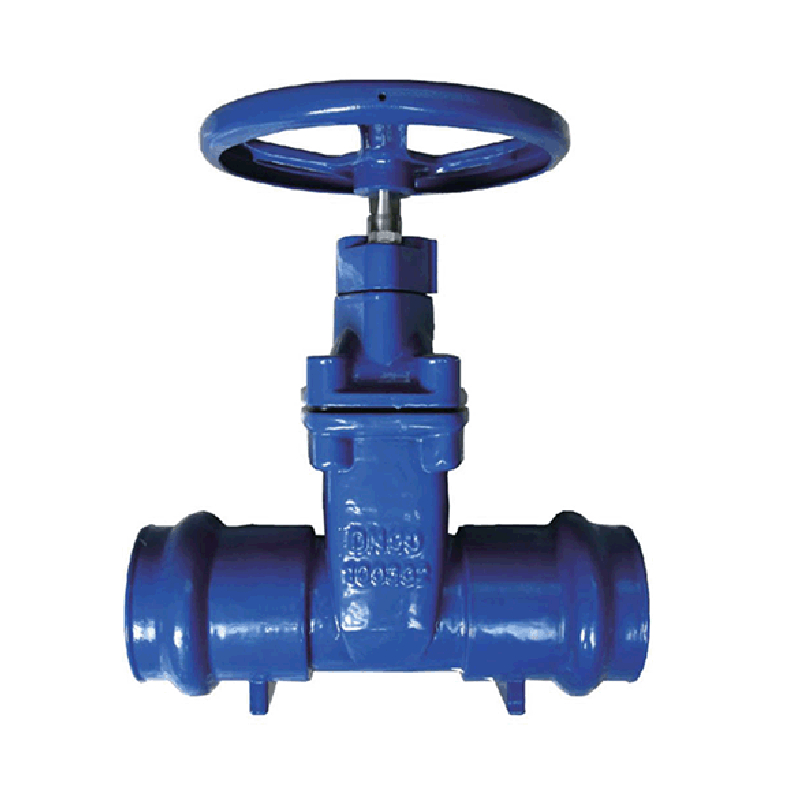10 月 . 14, 2024 12:48 Back to list
6 Inch Ball Valve Specifications and Usage Guide for Industrial Applications
Understanding the 6 Inch Ball Valve A Comprehensive Guide
When it comes to controlling the flow of fluids in pipelines, valves play a crucial role. Among the various types of valves available, the ball valve stands out due to its simple design and effective operation. This article will delve into the specifics of a 6-inch ball valve, its features, applications, and maintenance considerations.
What is a Ball Valve?
A ball valve is a quarter-turn valve that uses a hollow, perforated, and pivoting ball to control the flow of fluids. When the ball is rotated, it either allows or blocks the passage of flow through the valve. The primary advantage of ball valves is their ability to provide a tight seal and quick shut-off, making them an excellent choice for various industrial applications.
Features of a 6 Inch Ball Valve
1. Size and Specifications A 6-inch ball valve has an internal diameter of 6 inches, which allows for a substantial flow rate, making it suitable for various applications, including water supply, chemical processing, and oil and gas industries.
2. Material Construction Ball valves can be made from various materials, including brass, stainless steel, and PVC. The choice of material is often dictated by the fluid being transported, pressure, and temperature conditions. Stainless steel is preferred in corrosive environments, while PVC is commonly used for water applications due to its resistance to rust and corrosion.
3. Design Options There are two main designs for ball valves floating ball and trunnion-mounted ball valves. Floating ball valves use a ball that ‘floats’ between the two valve seats, while trunnion-mounted valves have a fixed ball with additional support. This design consideration affects the valve's ability to handle higher pressures and varying flow conditions.
4. Sealing Mechanism A critical feature of the ball valve is its sealing mechanism. Most ball valves utilize soft seats made of materials such as Teflon or rubber, which provide a reliable seal, preventing leaks and ensuring efficient operation.
5. Operation The 6-inch ball valve typically operates via a manual lever, pneumatic actuator, or electric actuator. Manual valves are easy to use but may require more effort for frequent adjustments, while actuated versions provide automated control and are ideal for remote operation.
Applications of 6 Inch Ball Valves
Due to their versatility, 6-inch ball valves are utilized across various sectors
1. Water Treatment Facilities In water treatment applications, these valves control the flow of treated and untreated water, ensuring efficient and effective processing.
6 inch ball valve

2. Oil and Gas Industries In the oil and gas sector, 6-inch ball valves are essential for controlling flow in pipelines, refineries, and storage tanks due to their ability to handle high pressures and harsh chemicals.
3. Chemical Processing In chemical plants, these valves regulate the flow of corrosive fluids, making it critical to select the appropriate materials to ensure safety and longevity.
5. Food and Beverage In the food industry, hygiene is paramount. 6-inch ball valves made from stainless steel are often used to ensure that the fluids used in food processing remain uncontaminated.
Maintenance Considerations
Regular maintenance of a 6-inch ball valve is crucial to ensure its longevity and efficiency. Here are a few tips
1. Routine Inspection Conduct regular inspections for signs of wear, corrosion, or leaks. Early detection can prevent costly replacements.
2. Lubrication Periodically check the valve's operating mechanism and apply suitable lubricants to ensure smooth operation.
3. Seat Replacement If you notice signs of leakage, it might be necessary to replace the valve seats. This repair can extend the valve's lifespan.
4. Proper Operation Ensure that personnel are trained on the correct methods of operating the valve to prevent damage from improper handling.
Conclusion
A 6-inch ball valve is a reliable and versatile component in managing fluid flow across various industries. Its design simplicity, coupled with robust performance, makes it an essential tool in industrial operations. By understanding its features, applications, and maintenance needs, operators can enhance efficiency and ensure safe operations. Whether you are in the water, oil, or food industries, investing in quality ball valves is key to optimizing your processes and systems.
Share
-
Understanding the Differences Between Wafer Type Butterfly Valve and Lugged Butterfly ValveNewsOct.25,2024
-
The Efficiency of Wafer Type Butterfly Valve and Lugged Butterfly ValveNewsOct.25,2024
-
The Ultimate Guide to Industrial Swing Check Valve: Performance, Installation, and MaintenanceNewsOct.25,2024
-
Superior Performance with Industrial Swing Check Valve: The Essential Valve for Any SystemNewsOct.25,2024
-
Industrial Swing Check Valve: The Ideal Solution for Flow ControlNewsOct.25,2024
-
You Need to Know About Industrial Swing Check Valve: Functionality, Scope, and PerformanceNewsOct.25,2024